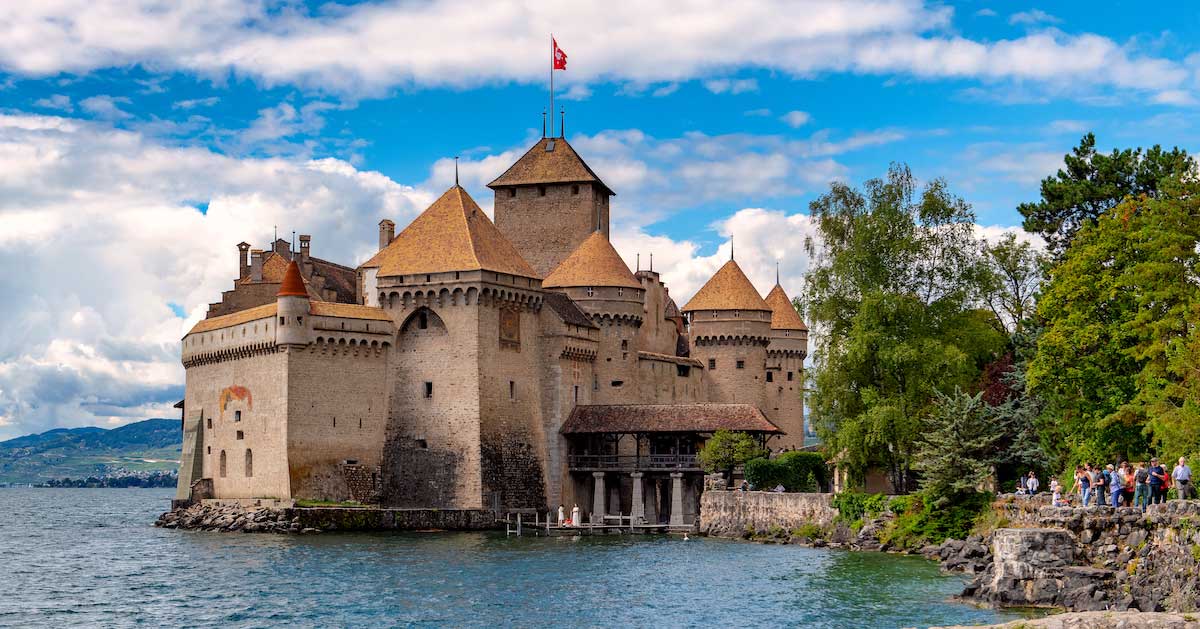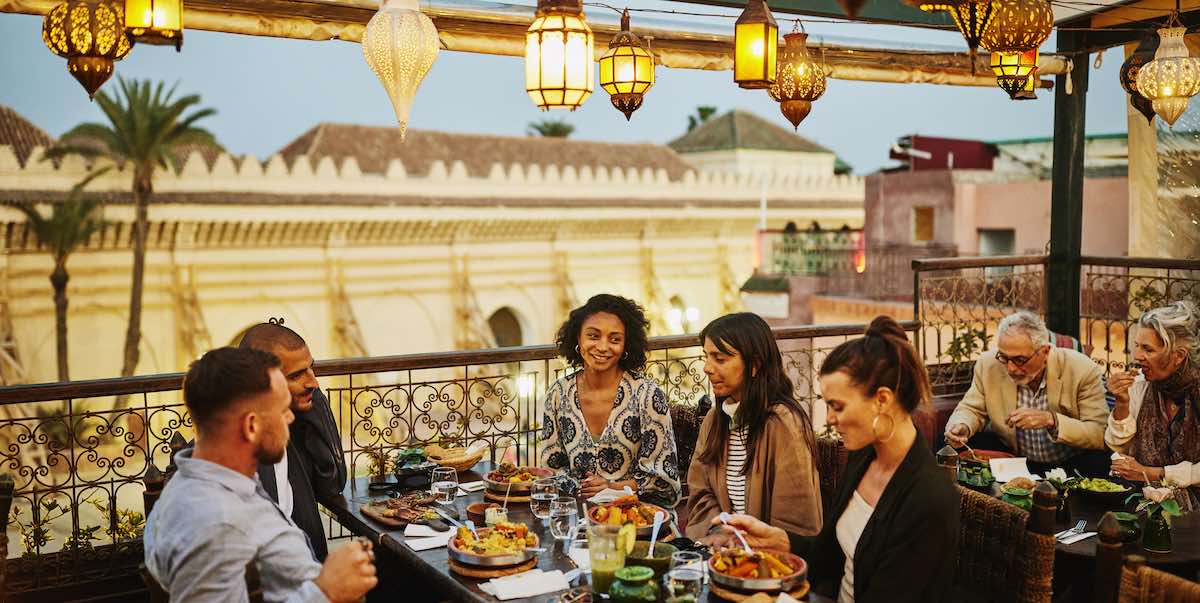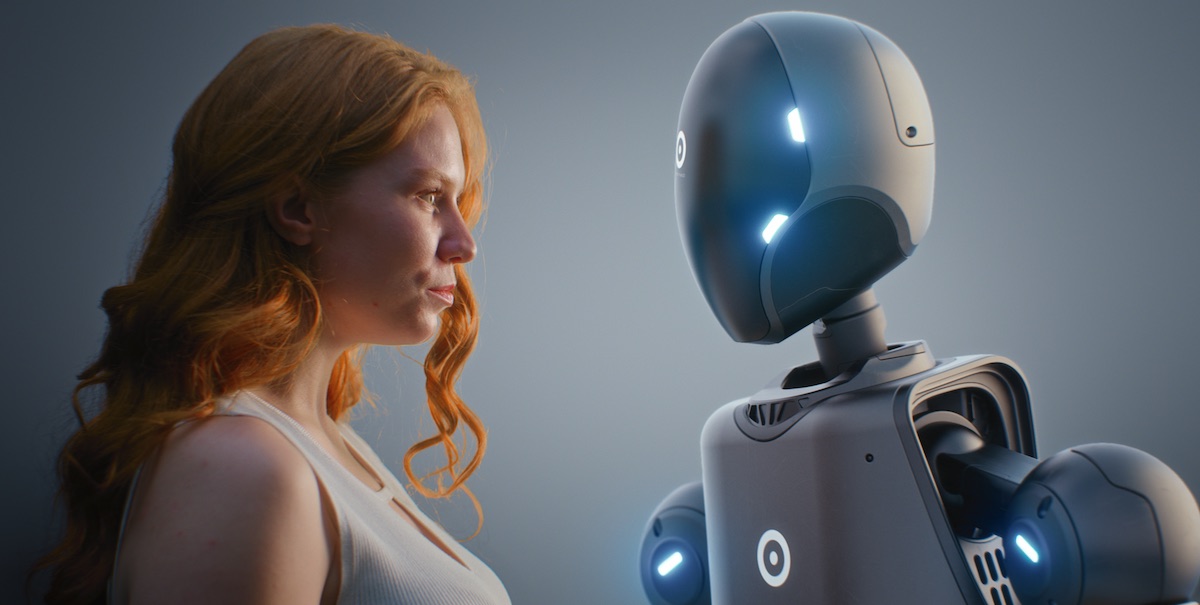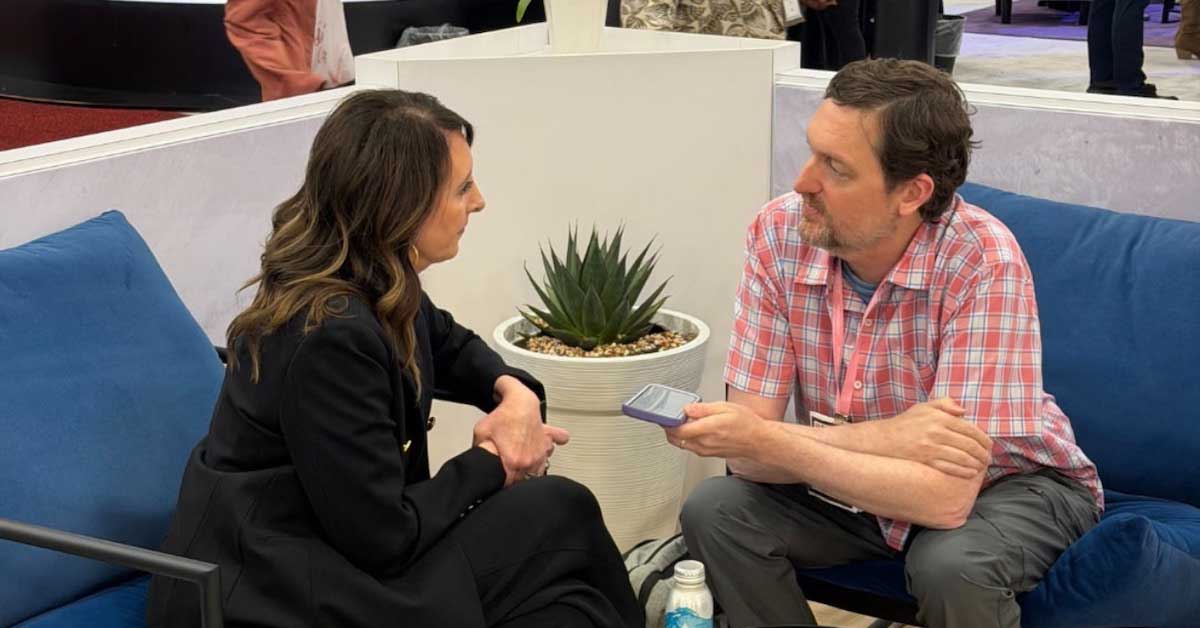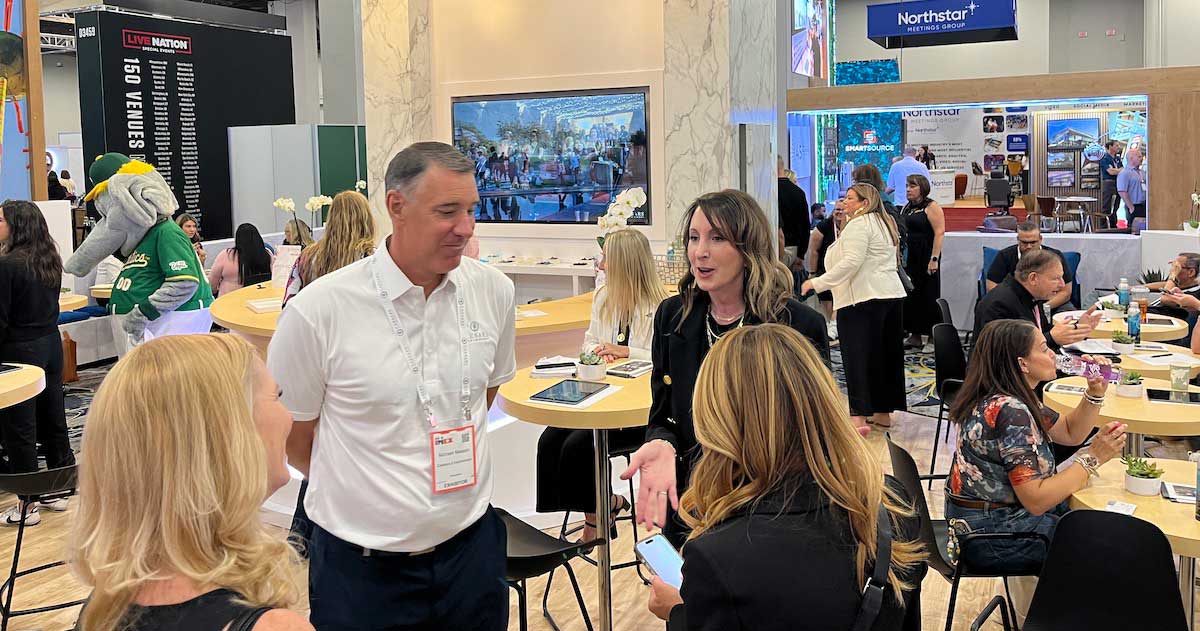Incentive programs are powerful motivators for driving the sales team and top performers. As qualifiers become more sophisticated and savvy travelers, it’s not enough to offer a luxury resort in an exclusive destination. The bar is reset year after year.
We spoke with Cate Banfield, CIS, vice president of event solution design and strategy for global agency BCD Meetings & Events, about their approach to incentive reward programs for a recent client, leveraging the key components of experience design to craft a truly memorable experience.
Can you tell us about your approach to event experience design?
Cate Banfield: Event experience design is about intentionally addressing every element of an event—building content, communications and experiences that align with the motivations of your key attendee personas and ultimately drive business growth. This concept is a natural extension to our responsibilities as event stakeholders. We’re architects of experience journeys for our attendees, and by understanding the character, needs and desires of our key attendee personas, we gain powerful knowledge that guides our event creation from beginning to end.
Tell us about a client conference your team designed that represented good elements of experience design?
CB: In 2019, BCD M&E partnered with a new customer to explore the impact of their current incentive program reach, rebrand and revitalize their marquis incentive. Leveraging experiential design and creating a targeted engagement campaign, this group of high performers found themselves immersed in the culture and community of Switzerland on a personalized and exquisitely customized program designed to provide exciting and impactful micro-moments throughout.
I love the term “micro-moments.” Can you tell us more about that concept and why it’s important?
CB: Capturing the hearts and minds doesn’t happen with a great destination or inspirational mainstage message. Those are components, but if we don’t connect them with ongoing touchpoints throughout the entire program, they are just fleeting moments. If we continue to evoke emotion consistently with micro-moments—like a customized greeting from a host, a picture from home waiting in their room or their favorite music loaded on the in-room music player—then they know we are paying attention to the details.
What are some of the challenges you’ve faced with designing the incentive program?
CB: The customer liked the two-tiered achiever format of their current program, but they were worried it had gotten stale—the super-achievers were the same winners every year, and overall participation numbers were sagging. It was time to consider whether the program was the right reward for their top performers. They wanted help bringing out the European cache of the destination (Montreux, Switzerland) and making sure their program would drive performance across a broader range of their sales force. Rewarding your top performers is always an ambitious task, but designing multiple tiers and the FOMO around each creates the added challenge to ensure the experience we designed was impactful and exciting.
We know that best practices in event experience design include elements to make them immersive, participatory, authentic and customized. How have you infused some of these elements into this program?
CB: The program itself was constructed around once-in-a-lifetime experiences unique to the destination. We profiled audience members and their interests and tailored the activities to their preferences. Optional activities were targeted to Exercise Junkies, Culture and the Arts Lovers, The Tourist, and the Die-Hard Foodie. A typical leisure day included options for hiking a glacier or biking through the vineyards, taking a day trip to Gstaad, visiting the Olympic Museum in Lausanne, or learning the art of chocolate making. The program became a mix of networking time and group camaraderie and a “build your own adventure” of Switzerland, expanding the appeal of the trip. Evening functions were designed around the destination – the Gala Awards evening expanded upon the Belle Epoque beauty of the Fairmont Montreux Palace’s ballroom, and we took over the village square in Gruyere for a Swiss street festival for an evening.
MPI’s Experiential Marketers & Designers Community: Specialized Education, Fresh Ideas
The Elite trip became a continuous stream of “surprise and delight” moments. On their first day together, their agendas highlighted a group sightseeing outing with dinner at the Charlie Chaplin Museum. We surprised them in the details—though this appeared to be a standard tour, it was actually a private vintage car excursion to give winners a chance to spend quality time with their guest or family. The tour included stops along the way for sightseeing and a gourmet picnic lunch, as well, with each couple receiving a picnic basket and blanket personalized to their preferences. And throughout the event, we found ways to recognize spouses and partners, as well, in keeping with the customer’s focus on work/life balance.
What didn’t work, and what did you learn from it?
CB: Learning personalities and work styles early with any new clients is crucial for the success of any program design and its delivery. Throughout the program design and delivery, we found ourselves navigating shifting internal stakeholders, which often came with shifting opinions and objectives. Leaning on the robust discovery we did at the onset of the program across all stakeholders helped us reset when we needed to and pivot quickly and effectively.
Earlier you mentioned “brand love.” That loyalty is critical in incentive programs. How did it tie into you measuring success?
CB: Deciding what to measure and what success looks like for your event is more nuanced than many realize. Of course, event ROI can be measured by the amount of tickets sold, leads created or revenue generated. But there are other intangible, but equally important, elements that can be used to measure event success, like loyalty or brand love. How connected are the qualifiers to the company? Would they recommend it to a friend? Today, we have a wide range of tools at our disposal to track the attendee journey, from initial invite through post-program engagement.
Can you give us some details about BCD and your mission and vision?
CB: BCD M&E offers over 35 years of experience in the meetings and events space. Through organic and acquisitional growth, today we are a US$1.2 billion organization with 1,500 employees in over 50 countries. We can support meetings, incentives and events anywhere in the world, and through our global buying power and local expertise, we strive to design and deliver creative ideas that allow us to deliver experiences that excite, engage and educate.
BCD has grown into multinational powerhouse. How have you safeguarded your internal culture to remain strong and positive in the midst of change and growth?
CB: We believe businesses are a core building block of a healthy and productive society—something we all depend on both as individuals and as members of families and communities. And we all have a role to play in improving the communities in which we live and work.
Capturing the hearts and minds doesn’t happen with a great destination or inspirational mainstage message.
Collaboration among our shareholders, management, employees, partners and clients has resulted in measurable progress in our sustainability program. For example, we’ve seen an 18 percent improvement in our overall score since first attaining EcoVadis Gold status for sustainability in 2016.
We continue our support to the John & Marine van Vlissingen BCD Family Foundation, a non-profit organization founded by the stakeholder of BCD, whose mission is to improve the lives of people around the world.
Level Up Your Experience Design
Learn more about how BCD democratized the incentive by putting the location into the qualifiers’ hands.
You can also join our online Experiential Marketers and Designers Community. And if you’re not an MPI member, learn more about joining and the value of belonging to this community.
If you’re ready to take the next step in experience design, enroll in one of our upcoming Event Design Certificate courses today.
Each month during 2020, Annette Gregg, CMM, MBA, senior vice president of experience for MPI, will interview MPI members to highlight some of the best examples of event experience design (or user-centered design) across the globe. Look for the reports in every issue of The Meeting Professional.
